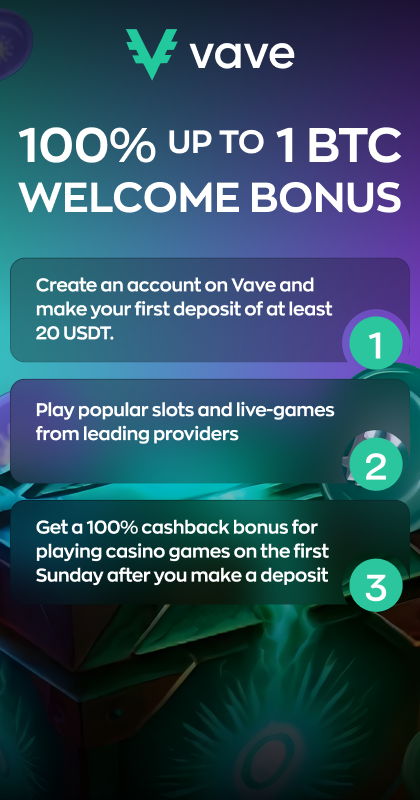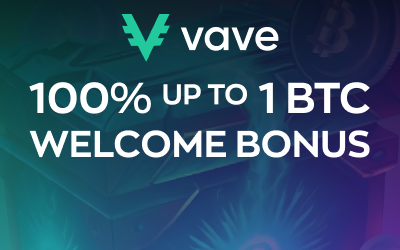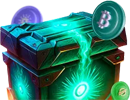Web 3.0 is viewed as the next major iteration of the Internet, with artificial intelligence, blockchain technologies, and decentralized networks coming together to create a more intelligent and autonomous Web. This era has the power to improve user privacy and data control while ensuring users can interact easily across various platforms.
In this comprehensive guide, we will provide insight into understanding Web 3.0, its fundamental principles, and how this technology has affected our relationship with the digital world.
What Is Web 3.0?
Before explaining how blockchain has shaped the internet’s future, we have to first define what Web 3.0 is. Web 3.0 technology is the next evolution of the internet, with user sovereignty, trustless exchanges, and decentralization as its main components.
Definition and Evolution of Web 3.0
The basis of blockchain Web 3.0 is a semantic web. This process aims to make the Internet more intuitive and intelligent. This new web is capable of understanding and reading user-generated content better. We should look at it as the Internet’s next evolution into a decentralized, user-centered ecosystem. Web 3.0 technology emphasizes interoperability, user data ownership, and the integration of blockchain to create a permissionless and trustless internet.
Key Features and Principles of Web 3.0
One of the major principles of Web 3.0 is the use of crypto and blockchain technology. With Web 3.0, content creators can earn tokens every time their work is accessed and get paid with cryptos.
Blockchain, cryptocurrencies, and Web 3.0 work together effectively due to their interoperable, interconnected, and autonomous properties. This process is created using smart contracts—tools that carry out several tasks like censorship resistance, transactions, app sharing, and anonymized P2P data storage.
Another principle that defines Web 3.0 is its ubiquitous connectivity. Thanks to semantic metadata, information and data will be more connected. With the Internet of Things, you can gain information from various apps, which in turn, increases user engagement. With the blockchain-based Web, you don’t have to rely solely on smartphones, laptops, and PCs to get the information you need.

How Web 3.0 Differs from Web 1.0 and Web 2.0
In simple terms, Web 1.0 focused on hyperlinks and pages, providing basic connectivity. You could get sufficient information but there was limited space for interactivity. The need for users to interact was made available in Web 2.0. Instead of utilizing static websites filled with information, Web 2.0 integrated new types of interactivities.
Web 3.0, in contrast, is built on consensus and peer-to-peer algorithms rather than centralized approaches to data and connectivity. Unlike Web 1.0 and 2.0, Web 3.0 uses AI to enable automation and workflows, which can significantly improve the user experience.
To give you an example, imagine you’re using a decentralized finance (DeFi) platform to trade crypto. In Web 2.0, centralized exchanges control your data and charge fees. However, in Web 3.0, the DeFi platform uses smart contracts and blockchain technology to automatically execute trades based on your preferences without needing a central authority.
The Role of Blockchain in Web 3.0
The primary role of blockchain in Web 3.0 is to enable internet decentralization, transparency, and secure data storage and online transactions. These features let users control their digital assets and identities.
Another important aspect of blockchain internet evolution is its role in creating a fairer internet. With blockchain infrastructure, everyone can become a part of the internet and participate equally. You can control your own money and data, leveling the playing field.
Blockchain internet can be used for the following:
- Digital ownership via Non-Fungible Tokens (NFTs)
- Financial services via Decentralized Finance
- Secure user verification via decentralized identity systems
- Improved governance via Decentralized Autonomous Organizations
Key Components of Web 3.0
These are some of the components that shape the future of Web 3.0:
- Artificial intelligence and machine learning
- 3D graphics
- Semantic web
- Internet decentralization via open, permissionless, and trustless networks. Connectivity
How Blockchain Is Transforming the Internet
Blockchain infrastructure is transforming the internet by decentralizing how we share, secure, and store data. Typically, online services rely on centralized servers, which makes them vulnerable to censorship, hacking, and data breaches. Blockchain Internet replaces this model by using decentralized network nodes, which in turn, ensure transparency, immutability, and security.
Another way blockchain is shaping the internet is via its cryptographic hashing and encryption. These technologies make data tampering almost impossible. This transformation has helped to push innovations in areas such as content ownership, supply chain management, and digital identity.
Advantages and Drawbacks
There are various advantages and disadvantages to blockchain shaping the internet. One of the most popular advantages is data ownership. Unlike Web 2.0 where tech giants controlled and exploited user-generated data, blockchain internet grants users the power to take full control of their data. This allows them to choose what information they want to share and how they share it.
The combination of Web 3.0 and blockchain also ensures that there are fewer intermediaries to handle. Companies can directly connect to customers without a central authority receiving a percentage of earnings from electronic transactions. The result of this is a decentralized Web that supports transparency. As a user, you can also track your data and monitor the source code of the Web 3.0 platforms you use.
While the blockchain internet evolution provides various unique advantages, it is not without its limitations and disadvantages.
For one, its complicated design means that you cannot use less advanced devices to handle Web 3.0. Numerous technologies such as AI, machine learning, and blockchain infrastructure power Web 3.0. This means that you will need devices with above-average specifications to leverage the decentralized Web.
Here are a few more drawbacks to consider:
- Understanding Web 3.0 can be difficult for beginners.
- Given the interconnectivity of Web 3.0, it might be easier for anyone to access private and public data users share online.
- Due to the increasing popularity of decentralized apps and Web 3.0, businesses will feel pressured to update their digital offerings to Web 3.0 applications.

Real-World Examples of Web 3.0 Applications
There are several Web 3.0 applications that have been adopted by the masses. In this section, we will highlight the most significant ones.
Decentralized Social Networks: Examples and Benefits
Social media is an important part of daily life, and it is no surprise that blockchain-based Web 3.0 social media applications have emerged. Let’s take a deeper look at some of the leading ones:
- Steem: Built on the Steem blockchain, this platform enables users to earn STEEM tokens by simply being active on the social media platform. As a decentralized system, all users can make decisions on different matters thanks to their voting decisions.
- Wubits: This is a social media platform built on the blockchain infrastructure and dedicated to cryptocurrency enthusiasts. It, basically, rewards players for their interactions. For instance, professional traders can share their key points and strategies on their Wubits accounts.
Blockchain-Based Supply Chain Management: Case Studies and Insights
There are numerous benefits associated with blockchain-based supply chain management. Some of them are:
- Traceability
- Transparency
- Inventory management
- Compliance
- Smart contracts
In terms of traceability, Bumble Bee Seafoods uses blockchain infrastructure to give consumers better insight into where their food comes from. Bumble Bee utilizes SAP’s Cloud Platform Blockchain service to track yellowfin tuna, right from the waters around Indonesia to local retailers. The company believes that blockchain is the safest way to share data because it’s easy to verify and can’t be tampered with.
NFTs and Digital Ownership: How Non-Fungible Tokens Are Shaping Content Creation
Thanks to NFTs, creativity is now more accessible to everyone. Typically, art was an exclusive industry, dominated by gatekeepers who decided which artists could showcase their work in auction houses, galleries, and exhibitions. This meant limited chances for new and diverse creators to get noticed. Thanks to NFTs, however, these barriers no longer exist. Now, artists from all over the world can show and sell their work directly to collectors without the need for intermediaries. NFT marketplaces have become the new galleries, where everyone can interact and appreciate art together.
The Future of Web 3.0 and Blockchain
The future of Web 3.0 looks incredibly promising because of its expansive application list. For one, decentralized finance built on Web 3.0 applications is expected to continue growing. This is thanks to the improvement of already existing DeFi protocols as well as the creation of new financial tools. Experts and industry watchers say this innovation will bring improved user interfaces, stronger security measures, and a wider range of decentralized financial Web 3.0 applications.
The future evolution of Web 3.0 will also include:
- Further integration of artificial intelligence
- Improved interoperability solutions
- User-centric identity solutions
- Increased focus on scalability and sustainability
Conclusion
Web 3.0 in 2024 is at a crucial stage, where blockchain technology and its use cases are maturing and reaching more people. We’re on the brink of a shift towards a more decentralized, interconnected, and user-focused digital world. The integration of Artificial intelligence into blockchain Web 3.0 applications promises improved features from predictive analytics to personalized user experiences.
FAQ
What Is the main difference between Web 3.0 and Web 2.0?
How does blockchain technology enhance security in Web 3.0?
What are some examples of decentralized applications?
What are the biggest challenges facing the adoption of Web 3.0 technologies?


















